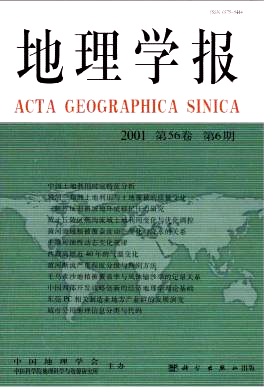GAO Jun feng, ZHANG Chen, JIANG Jia hu, HUANG Qun
The sediments of the Dongting Lake come from four channels (one of them was closed in 1959), connected with the Yangtze River, four tributaries (Lishui, Yuanjiang, Zishui and Xiangjiang) and local area, and some of them are transported into the Yangtze River at Chenglingji, which is located at the exit of the Dongting Lake, some of them deposit into drainage system in the lake region and the rest deposit into the lake The annual mean sediment is 166 555×10 4 t, of which 80% come from the four channels, 18% from the four tributaries and 2% from local area, whereas 26% of the total sediments are transported into the Yangtze River and 74% deposited into the lake and the lake drainage system The sediment budget in the lake can be expressed as follows: V FourMouth +V FourRiver +V Location +V Erosion -V Out =V LakeSediment +V DrainagesystemSediment where V FourMouth is the sediments from the channels which connect the Yangtze River, V FourRiver is the sediments from the tributaries, V Location is the sediments from local area, V Erosion is erosion from the lake, V Out is the sediments carried into the Yangtze River,V LakeSediment is the sediments deposited in the lake, and V DrainageSystemDediment is the sediments deposited in the lake drainage basin Based on topographic maps in 1974, 1988 and 1998, and the spatial analysis method with geographic information system (GIS), the changes in sediment deposition and erosion are studied in this paper By overlay analysis of 1974 and 1988, 1988 and 1998, erosion and sediments deposition areas are defined The main conclusions are: (1) sediment rate in the lake is larger than erosion rate from 1974 to 1998 The mean deposition in the lake is 0 43 m; (2) annual sediment deposition is the same between 1974~1988 and 1988~1998, but the annual volume of deposition and erosion of 1988~1998 is bigger than that in 1974~1988; (3) before the completion of the Three Gorges Reservoir, there will be 7 82×10 8 m 3 sediment deposited in the lake, which would make the lake silted up by 0 33 m; (4) in the lake, the deposition area is found in the north of the east Dongting Lake, the south west of the south Dongting Lake, and the east of the west Dongting Lake; while the erosion area is in the south of the east Dongting Lake, the middle of the south Dongting Lake, the west of the west Dongting Lake.
